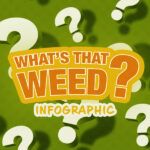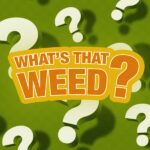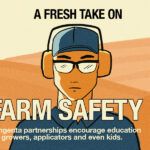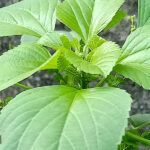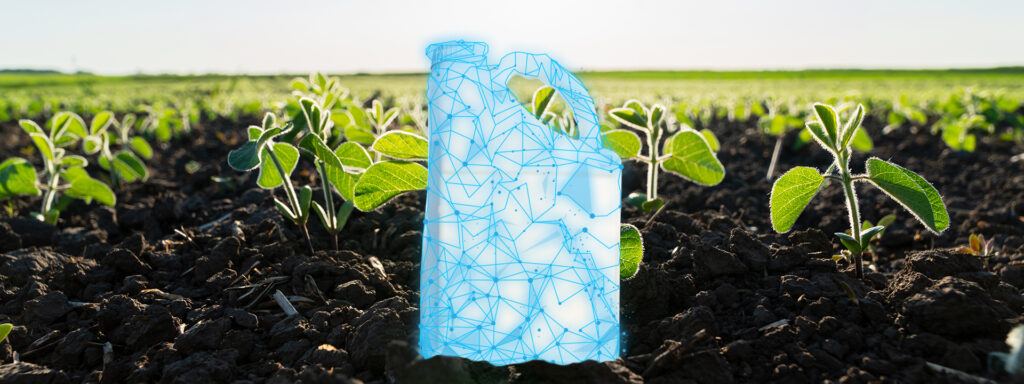Scouting for Pests, Progress and Profit
As pest complexes evolve and new technologies emerge, crop scouts adopt those that benefit farmers.

“Crop scouting is hot and sweaty,” says Guy Collins, Ph.D., extension cotton specialist for North Carolina State University (NCSU). “You’re going to pull some very long hours, but it’s one of the greatest jobs I’ve ever had.”
Many who scout crops share this sentiment. Perhaps that’s because of the education scouting provides in selection pressure and pest management technologies, and also in accountability. “Scouting teaches you responsibility because you’ve got someone’s livelihood at stake based on your job performance,” Collins says.
What’s the Point?
Crop scouting is monitoring for anything that helps farmers manage crops more profitably and sustainably. Examples include looking for fertility issues, collecting plant measurements and checking for pests.
J.R. Bradley, Ph.D., professor emeritus at NCSU, suggests that scouting is closely tied to pesticide development because there is no need to scout if what’s found can’t be managed.
Scouting and integrated pest management strategies are intertwined. “Scouting to threshold” means monitoring pests and managing them when doing so is cheaper than letting them continue reducing yields. This leads to better on-farm economic outcomes for farmers, as well as more sustainable agronomic practices.
Scouting is dynamic: Pests, practices and prices change. North Carolina cotton fields provide a clear lesson on how scouting must evolve as pest resistance increases, emerging pests challenge historical management programs, and new crop protection technologies create ripples across the pest spectrum.
We’re blessed with tools that help us get the insights we need more quickly. That efficiency hopefully creates more time for our families and personal lives.
One Principle, Many Crops
The boll weevil nearly destroyed the cotton industry in North Carolina. The pest was so destructive that cotton farmers made programmatic insecticide applications that required little scouting. In the 1980s, the boll weevil was eradicated thanks to researchers like Bradley and farmers like Marshall Grant, who was instrumental in getting The Boll Weevil Eradication Program established in North Carolina.
Once the frequent insecticide applications for boll weevil stopped, tobacco budworms and bollworms became the major cotton pests, and scouting to properly time insecticide applications for the worms became more important.
Years later, when farmers began planting Bt (Bacillus thuringiensis) cotton, which produces proteins that are toxic to bollworm and tobacco budworm larvae, insecticide applications again declined and stink bugs and plant bugs became the new problem pests. “As more fields were planted with Bt cotton,” Collins says, “The way we managed bollworms changed and other pests became more of a problem.”
Such changes demanded new scouting techniques, both to detect the economically damaging pests and reset bollworm thresholds. Those techniques include checking different parts of a plant, as well as using various tools to gather data.
Those cotton lessons also apply in other crops, says Nick Groenenberg, independent pest control advisor and owner of Nick Groenenberg Agricultural Consulting. He scouts tomatoes, almonds, pistachios and cotton in California. “When pistachios were first introduced,” Groenenberg says, “We were told they had no pests, but through the years they’ve developed several. We’d never had a problem with aphids in cotton and 15 years after I started in the business, they became a problem. We just keep adjusting.”
It’s a Drone, It’s a Plane, It’s a Satellite
Luckily, as pests evolve so does scouting technology.
Joe Ben Bogle, digital ag solutions marketing lead for Syngenta, helps streamline monitoring strategies with digital ag platforms like Cropwise™ Imagery and Cropwise Protector. “We’re blessed with tools that help us get the insights we need more quickly,” Bogle says, “That efficiency hopefully creates more time for our families and personal lives.”
Bogle believes digital ag tools deliver value through offering efficiency and insight scouts can take into the field. Aerial imagery is one useful option. “Today we have access to satellite, airplane and drone imagery,” Bogle says. “They all have their pluses and minuses.”
Scouts essentially have three ways to gather aerial imagery:
- Satellite imagery, the most scalable and autonomous, can collect data daily. But it doesn’t offer the best resolution and can’t always take photos at the most opportune time of day.
- Airplane imagery provides higher resolution, but at higher cost with lower collection frequency.
- Drones, the most adaptable, can gather high-altitude images for a picture of overall field health and perform near canopy-level flights for greater detail. But to use drones, the scout or farmer must invest time and money in meeting regulatory requirements and either buying equipment or contracting for the service.
By whichever path, aerial imagery provides information about which areas of the field are under stress and which are high-performing. That knowledge can inform scouting strategies such as where to enter fields and prioritize sampling — saving a few steps that quickly become miles in the hot summer sun.
Harvesting Data
Bogle believes digital ag systems are successful when they turn data into something actionable.
For example, Cropwise Imagery automatically reviews satellite images of fields and identifies whether field health is rising or falling. “If somebody has a couple hundred fields to look after,” Bogle says, “Showing which five are most at risk helps them prioritize.”
Cropwise Protector accounts for geography, crop and scouting preference. For instance, the program averages individual sweep net collections to field level and then color codes fields that have active issues and those below threshold. Cropwise Protector also includes a timeline for all past scouting events, effectively acting as a digital filing cabinet.
However, nothing replaces walking the fields.
“I think there will always be boots on the ground,” Groenenberg says, “But the more informed scouts are then the better job we can do.”
Bogle agrees.
“We’re looking to integrate more predictive models and help remind those in the field what might be a factor, not replace boots on the ground,” he says.
- Cotton scouting led the way to proactive pest management in other crops.
- Scouting cotton changed when the boll weevil was eradicated.
- Digital ag systems drive scouting efficiency with actionable data.












